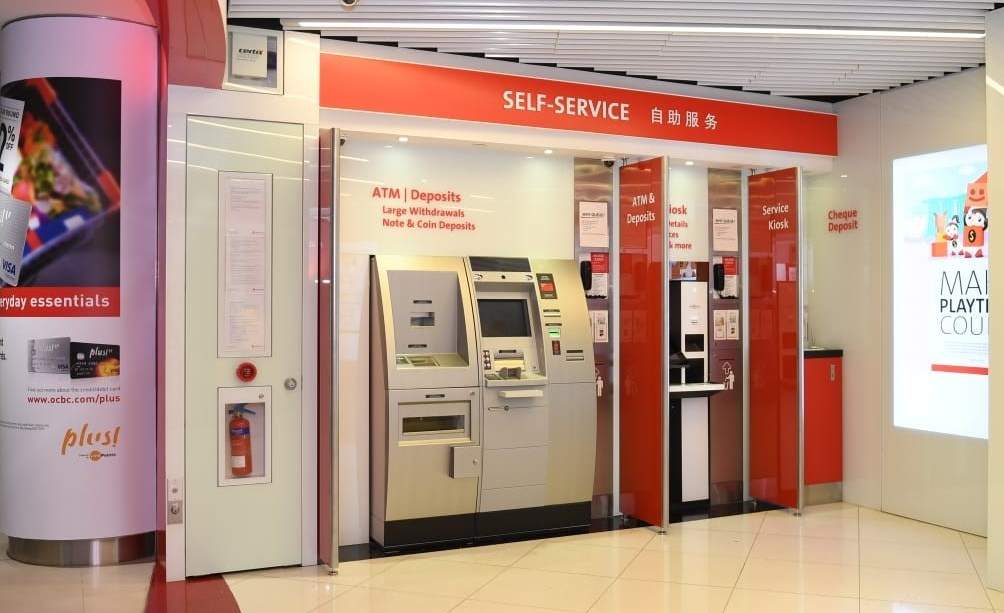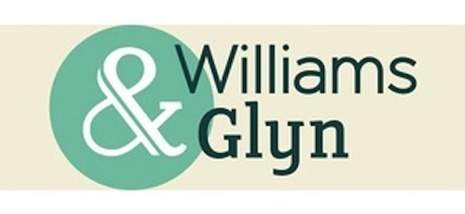Nordea has become the latest financial institution to
launch a savings-based affinity programme in a bid to encourage
customers to save as they spend. Dan Jones spoke to Jussi Mekkonen, head
of household at Nordea in Finland, about promoting customer loyalty
through the ePiggy service
Nordea Finland has quietly launched ePiggy, a savings initiative
similar in type to the likes of Bank of America’s Keep the Change,
OCBC’s SmartChange and other such programmes. The ePiggy branding
has debuted in Finland, but Jussi Mekkonen, head of household at
Nordea Finland, told RBI the initiative has its roots in another of
Nordea’s principal markets.
“When we started to develop our plan we called
it Micro Savings,” Mekkonen said.
“We launched this first in Sweden a couple of
months ago and launched ePiggy this month in Finland. The plan is
ultimately to launch this product in all Nordea markets.”
ePiggy allows customers to transfer a
pre-agreed amount of money from a current account to a savings
account every time they make a purchase on a credit, debit or Visa
Electron card. Savings can alternatively be transferred to the
account of a family member or to a charity organisation’s own
Nordea account.
How well do you really know your competitors?
Access the most comprehensive Company Profiles on the market, powered by GlobalData. Save hours of research. Gain competitive edge.

Thank you!
Your download email will arrive shortly
Not ready to buy yet? Download a free sample
We are confident about the unique quality of our Company Profiles. However, we want you to make the most beneficial decision for your business, so we offer a free sample that you can download by submitting the below form
By GlobalDataThe offer does however differ from the
aforementioned savings programmes in that Nordea has not made a
commitment to matching customers’ savings itself. Nonetheless, the
service has got off to a good start: the bank signed up 3,000
customers in the first week after it launched.
“It has been an early success. We achieved
this number without any marketing at all,” said Mekkonen.
The number of Nordea customers in Finland who
hold a current account, a savings account and a debit or credit
card with the bank – all three of which are required to open an
ePiggy account – totals over 1.5 million, according to Mekkonen,
though the banker says that Nordea “has not set any specific
targets” for the savings programme.
The average number of products per customer
for Nordea in Finland, Mekkonen adds, is upwards of six, a figure
he maintains is only fractionally higher than Nordea’s group-wide
retail average. But this figure is far in excess of Nordea’s stated
first-half 2008 cross-sell ratio of 2.66 (see RBI 611).
When asked for examples of the six products
likely to be sold to each customer, Mekkonen cited a current
account, debit card, credit card, pension account, interest rate
cap insurance and a structured savings product.
That product selection is in keeping with the
Nordea ‘Key Customer’ programme, open to individuals or families
with at least five Nordea products or services and at least €30,000
($42,000) in savings.
The connection between ePiggy and the Key
Customer service is not just Nordea’s stated push to capture as
large a “share of wallet” as possible, but also the need to hold on
to retail customers.
“Customers feel this is a kind of extra
service for them. The most important angle is retention – this kind
of service will hopefully improve loyalty,” said Mekkonen.
With the desire to leverage retail deposits
now stronger than ever, it is no surprise that savings programmes
such as ePiggy are continuing to spring up around the globe,
particularly in mature markets where innovative products tend to be
at a premium.
In Australia, NAB’s own take on the savings
programme, AddsUp, is targeted not at middle-market consumers but
low-income customers. NAB’s programme, launched in collaboration
with community organisation Good Shepherd, encourages customers to
save A$300 ($235) in their AddsUp Savings Plan by promising to
match savings dollar for dollar up to a maximum value of A$500 a
year.
The savings plan is open to customers who have
accessed and repaid a no interest or low interest low-income loan
with NAB; the bank is marketing the service very much as a
financial aid programme.
“We know 95 percent of [low-income loan]
clients repay their loans in full; and that means people have built
budgeting and repayment skills that can be applied to a savings
product. AddsUp builds on these skills and provides a rewarding
savings opportunity,” said a NAB spokesman.
|
Product |
||||
|
Bank |
||||
|
Bank |
Country |
Name of programme |
Launch date |
Matching |
|
Bank of America |
US |
Keep The Change |
October 2005 |
Savings matched for first 3 months; 5% |
|
Lloyds Banking Group |
UK |
Save The Change |
February 2007 |
Savings matched up to $80 in first two months |
|
Wachovia |
US |
Way2Save |
January 2008 |
First year 5%, second/third years: 2% (up to |
|
Scotiabank |
Canada |
Bank The Rest |
April 2008 |
Savings matched up to $90 per year for new |
|
OCBC |
Singapore |
SmartChange |
November 2008 |
Savings matched for first 3 months, 4.88% |
|
Nordea |
Scandinavia |
ePiggy |
May 2009 |
No matching |
|
NAB |
Australia |
AddsUp |
May 2009 |
Savings between $235 and $400 matched each |
|
Source: RBI |
||||






